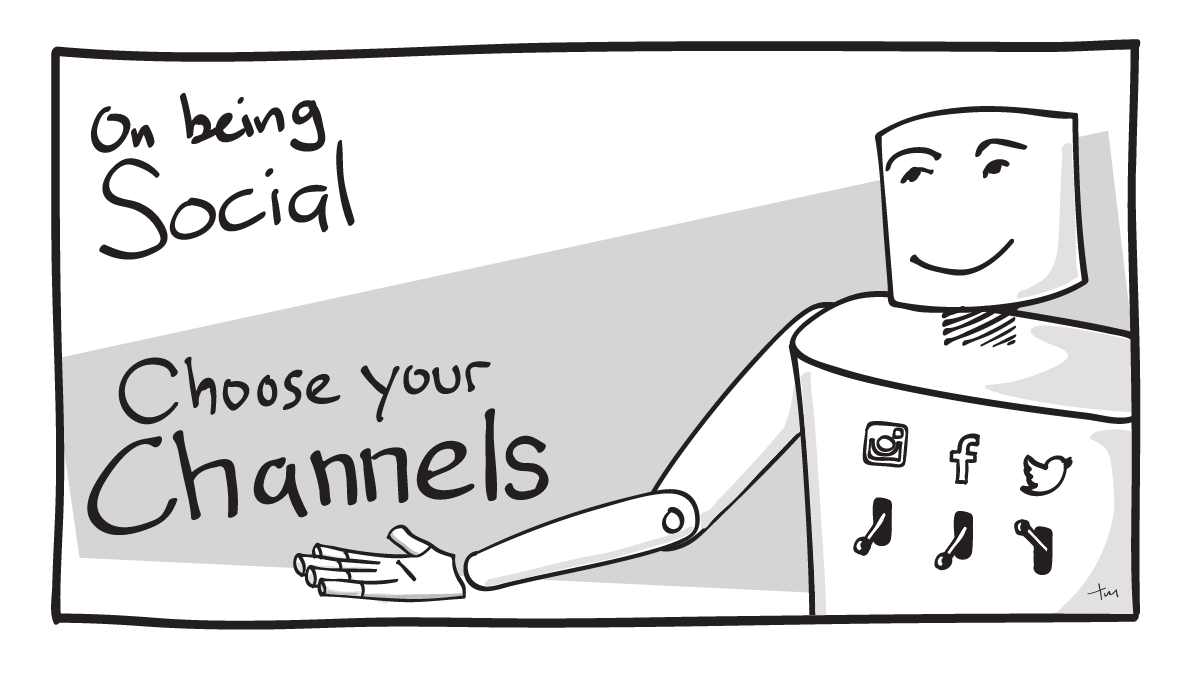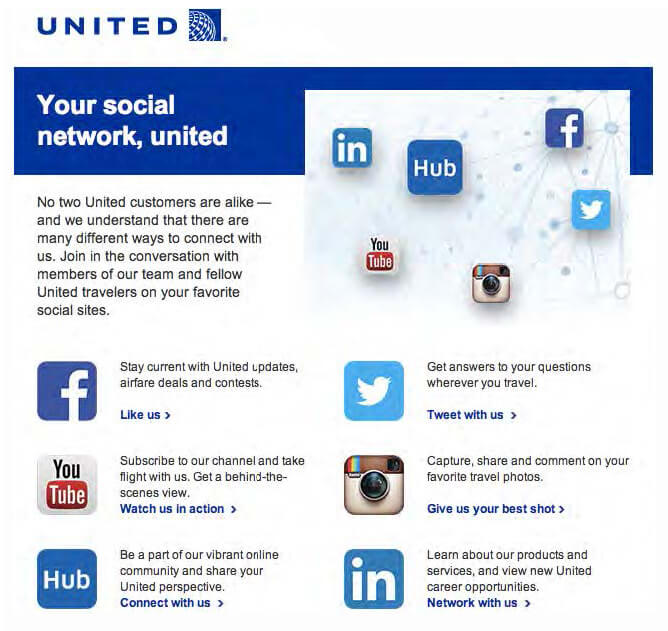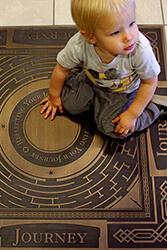On being social: Why you should create distinct social media channels
This is the second in a series of articles called On Being Social. The goal is to think about how individuals and brands should approach social media in a way that is authentic, healthy and beneficial. I’d love to hear your thoughts on these topics as I’m thinking through them–send me your comments through your social channel of choice or contact me directly.
Mass media vs Personal relationships
There are two general approaches to how people and brands use social media. The first is to broadcast, trying to get as wide a distribution as possible for each piece of content. This is the way people approach traditional media like print, radio, and television.
Social media is a new animal, a hybrid of traditional “broadcast” media and personal relationships.
The second approach to social media is relational–using social channels to know and be known. In the past this type of interaction only happened face-to-face, or in letters and phone calls. The people and brands that understand social media best realize that social media is a new animal, a hybrid of traditional “broadcast” media and personal relationships.
Broadcasting on all frequencies
According to informal surveys I’ve been doing, most people use two or three different social media platforms. Some people connect to each other and brands on only one social media channel but most users connect to the same people on multiple platforms, leading to a lot of duplicate content. This means that if a brand is sending out identical content on each channel, they’re missing an opportunity to add value to their audience. There are times when it makes sense to repeat the same message on every social channel–an event cancellation, for example. Most often, though, your audience will be better served if you create content that is unique to each channel.
Let your audience choose the channel
I appreciate it when people create focused, curated streams of content. I like to see what other designers post about design, but I’m not interested in family photos or inside jokes with people I don’t know. The opposite is also true–there are some friends I follow because I want to see their family photos and hear their jokes, but only have a passing interest in their particular industry. If I have the option, I subscribe only to the channels that interest me the most. The same is true for brands.
At one point, United Airlines gave a lot of thought to how they structured their social media channels. Each platform had a clear purpose. Because United used each platform in a unique way, it created a focused stream of content in each channel. People could ignore the channels they weren’t interested in, subscribing only to the content they wanted:
YouTube– a behind-the-scenes view
Twitter– specific, targeted travel questions
Instagram– to share travel photos
LinkedIn– to talk about new products and services, and career opportunities
Each social channel reinforced the brand, and offered something unique. United customers could subscribe to the channels that were relevant to them, which meant they’d be more likely to find value in the content they received. (Thanks to Matt Bailey of Site Logic for showing me this graphic some time ago.) The benefit for United was that they were able to offer content that was valuable to their audience, and to connect better with the people they were serving.
Saturation vs Service
The mistake that many brands make is that they blast out the same messages on all their social media channels. That assumes that 1) all the channels are the same and interchangeable, and 2) that the people who are in those different social communities are looking for the same types of content in each channel.
In my experience neither one is true. I look on Instagram for beautiful and interesting images, and I don’t expect those images or the communication around them to be time-sensitive. On the other hand the element of time is very important to users of Twitter. Tweets are lightweight and easy to create in a moment, which is why Twitter is many people’s source for up-to-the-minute updates. (Oreo “won the marketing Super Bowl” in 2014 by creating and sending a tweet within minutes of a power outage during the game.) Use each social media channel the way your audience is using it and don’t try to shoehorn in content that doesn’t fit the channel.
If you’re a company or a brand, you should realize that you are a guest at the party–an overwhelming majority of people say they want to use social media to connect with friends and family. Don’t try to saturate your audience with your content. Instead think about how to create channels of content so your audience can find content that’s relevant, interesting, and helpful to them.
In the next article in this series I’ll be exploring an often-overlooked but invaluable function of social media: listening. Again, I’d love to hear your thoughts on these topics as I’m thinking through them–send me your comments through your social channel of choice or contact me directly.
To read more articles like this visit: Illustration, On Being Social, Social Media










